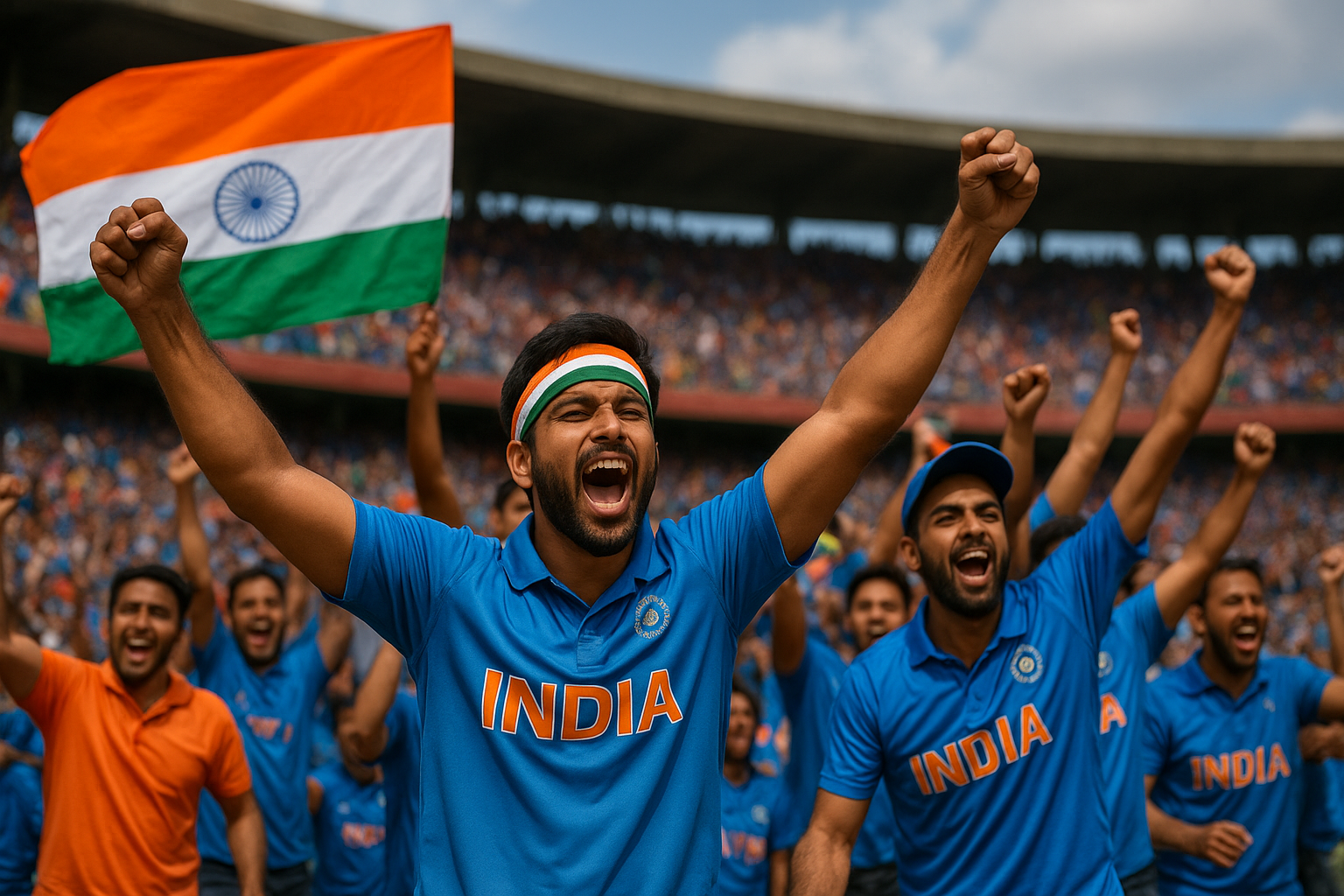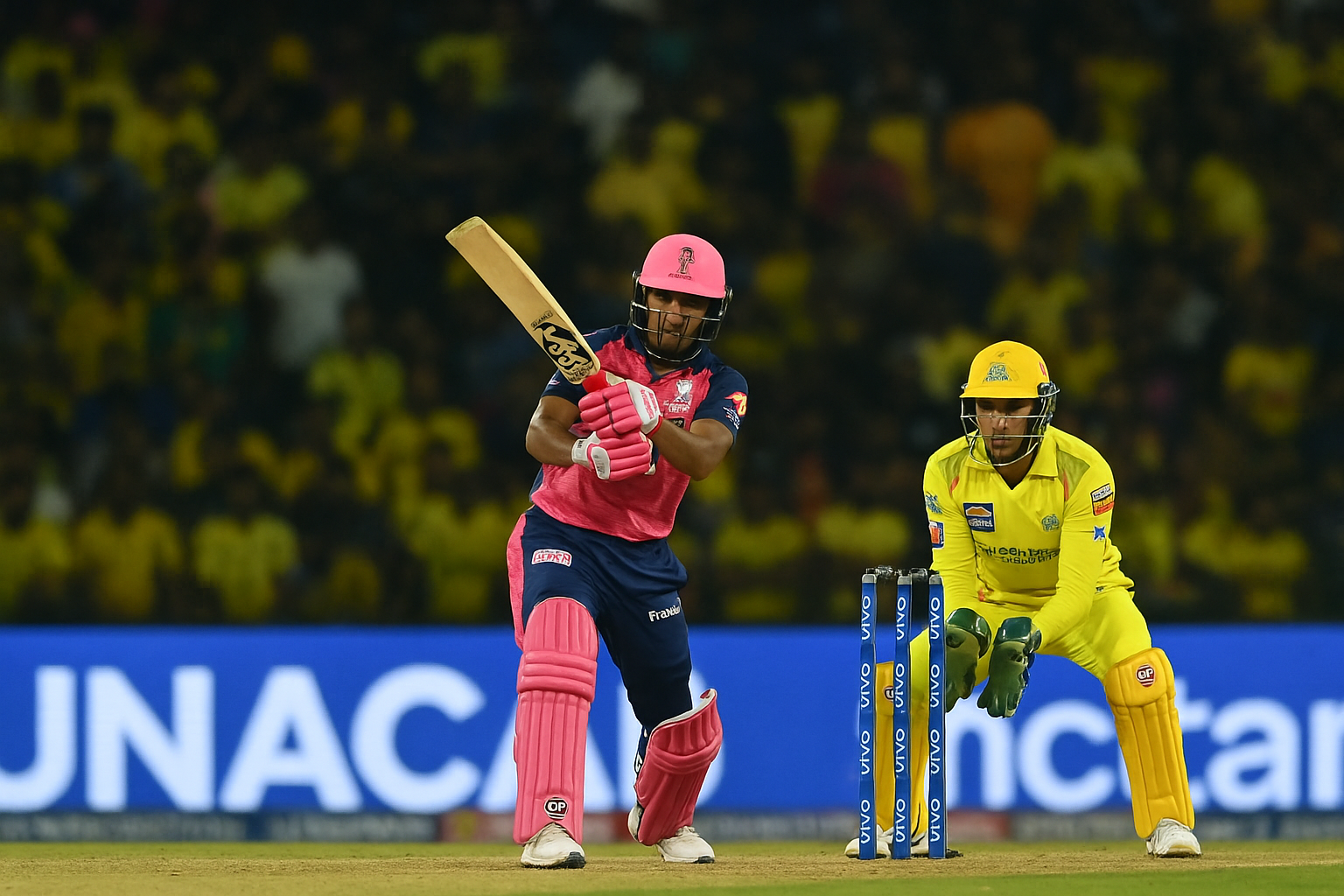Introduction to Cricket
Cricket is one of the most popular sports in the world, loved and followed by millions across Asia, Australia, England, Africa, and the Caribbean. It is often called the "Gentleman’s Game" due to its deep-rooted connection with discipline, sportsmanship, and respect. The game is played between two teams of eleven players each, where the objective is to score more runs than the opponent. From backyard matches to international tournaments like the ICC Cricket World Cup and T20 World Cup, cricket brings people together beyond boundaries and cultures.
Unlike many sports, cricket combines mental strategy, team coordination, endurance, and technique. Whether it’s a five-day Test match filled with patience or a fast-paced T20 game full of thrill, cricket has formats suitable for every kind of fan. Over time, it has evolved from a royal pastime to a billion-dollar global phenomenon.
History of Cricket
The origin of cricket dates back to the 16th century in England. It is believed that the game began in the rural areas of southeast England, where children played a game involving hitting a ball with a simple stick. By the late 17th century, cricket had become a popular sport among adults and gradually gained the attention of aristocrats and the British elite.
The first recorded match took place in 1646, and by the 18th century, cricket had become England’s national sport. The **Marylebone Cricket Club (MCC)**, founded in 1787, became the custodian of the rules and spirit of cricket. As the British Empire expanded, cricket spread across its colonies — especially India, Australia, South Africa, and the West Indies — making it a sport of global significance.
The first-ever international cricket match was played between Canada and the United States in 1844, followed by the first Test match between England and Australia in 1877. This gave birth to the iconic **Ashes Series**, one of the most famous rivalries in sports history.
Evolution of the Game
Cricket has evolved dramatically over the centuries. In its early days, matches could last for several days without fixed overs. With modernization, various formats emerged to suit different audiences and time spans:
- Test Cricket: The oldest and most traditional form, lasting up to five days. It tests a player’s skill, patience, and mental strength.
- One Day Internationals (ODI): Introduced in the 1970s, ODIs are limited to 50 overs per side and are completed in one day.
- T20 (Twenty20): Launched in 2003, this fast-paced format allows each team 20 overs. It has become the most commercially popular form, especially in leagues like the IPL.
Today, cricket is not just a sport but an industry, involving advanced technology, analytics, broadcasting, and massive fan engagement. Modern tournaments like the **Indian Premier League (IPL)**, **Big Bash League (BBL)**, and **The Hundred** have added glamour and innovation to the game.
Basic Rules and Structure of Cricket
Cricket is played between two teams, each consisting of eleven players. The game is played on a circular or oval field with a 22-yard-long rectangular pitch at the center. The two main roles in cricket are batting and bowling, with fielding being equally crucial.
- Batting: The batting team sends two players onto the field to face deliveries from the opposing bowler. The goal is to score runs by hitting the ball and running between the wickets or by hitting boundaries (4s and 6s).
- Bowling: The bowling team tries to get the batsmen out and restrict runs. There are different types of bowlers – fast bowlers, swing bowlers, and spinners.
- Fielding: Fielders are placed strategically across the ground to stop runs and catch the ball to dismiss batsmen.
- Umpires: Two on-field umpires and one third umpire (for video decisions) ensure fair play and rule enforcement.
Each team gets a turn to bat and bowl. The team that scores more runs wins the match. Depending on the format, matches can range from 20 overs to 5 days.
Equipment Used in Cricket
Cricket requires specific equipment for both safety and performance:
- Bat: Made of willow wood, used by batsmen to hit the ball.
- Ball: Hard leather ball, red for Test matches and white for ODIs and T20s.
- Wickets: Three wooden stumps and two bails placed on top, forming the target for bowlers.
- Protective Gear: Includes helmet, pads, gloves, and abdominal guard for player safety.
- Clothing: Traditionally white in Test matches and colored jerseys in limited-overs formats.



